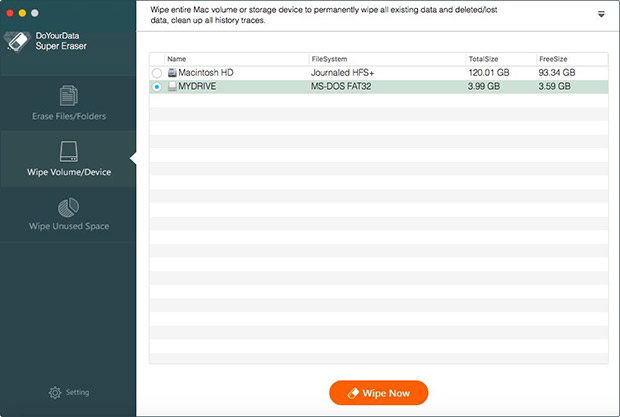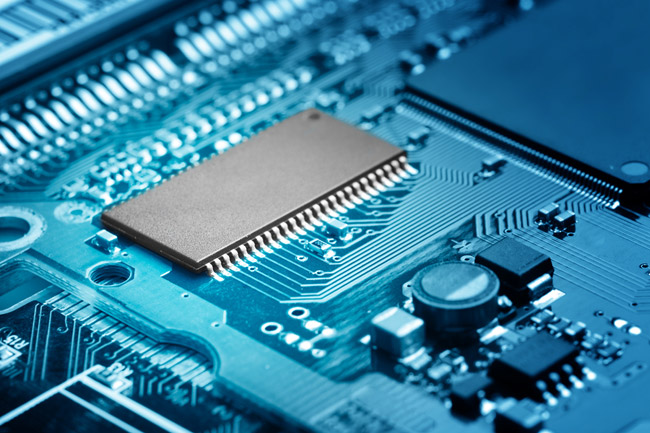Did you know that the average person in the United States spends about 2 hours a week waiting on their computers to load?
Slow internet speeds and full memory on hard drives or in the Cloud can cause your programs to run slow and take forever to load.
If you want to prevent your computer from getting slow, there are a couple of ways to stop it.
Continue reading to discover some of the best methods to treat and prevent a slow Mac so that you can get your work done!

- Complete Updates
One of the easiest fixes for a slow Mac is completing updates.
You can go into your settings and look under General to see if there are any system updates. The updates help make your computer run more efficiently and quickly. Updates get rid of application flaws and bugs, which can take up extra space on your computer.
It is also a good idea to check each of your applications for updates. By going into the App Store, you can view which ones have an update. The updates don’t take long and it is helpful to be connected to WiFi and have your phone plugged in.
- Check Your Activity Monitor
If you run out of application memory, you can tell by looking at your activity monitor.
Under Applications, select Utilities and go to Activity Monitor. Several tabs are running along the top, select CPU. The CPU tab will show you the percentages of CPU usage that each application is using.
This information is helpful to look at because you can close out of programs that are taking up a lot of space.
- Restart the Mac
A trick to speed up your computer is as simple as unplugging something and plugging it back in.
Restarting your Mac is a great way to get it performing at faster speeds. When you restart your Mac, it clears the memory load and helps reload processes. Although it is good to keep your computer charged, you should still shut it down every once in a while.
To restart your Mac, you will need to select the Apple icon that is located in the top left corner of your screen. You will then select the Restart button. Once you select the button, make sure that the computer starts shutting off.
If boxes appear on your screen, you might have to close out of certain applications that are running.
- Empty the Trash
A simple way to speed up Mac computers is to automatically empty your trash.
The trash bin on your Mac holds all of the files and content that you have deleted on your computer. Over time, this bin fills up, holding many documents. When the trash bin becomes too full, it begins to slow down the rest of your system.
Files and photos take up storage on your computer whether they are in the trash bin or a designated file. It is best to automatically set your trash bin to empty. Every 30 days, the bin will clear out, freeing up space.
If you don’t want to set up the auto feature, you can go into the trash bin and clear it out yourself.
- Close Running Apps
A great feature of Mac computers is that you can have multiple applications running at the same time.
If you want to know how you speed up your Mac quickly, you should close out all of your running apps. Each application takes up storage space and RAM to function, whether they are open or not. Exit out of the applications that you are no longer using to help speed things up.
The best way to identify your running apps is by looking at the computer dock. The dock is the icon bar of your applications. When an application is running, there is a dot underneath the logo.
You can right-click on the application icon and select Quit to close out of the app.
- Clear Your Cache
Every time that you do something on your computer, your Mac puts files into a temporary storage spot.
These temporary files are called cache, which impacts many of your computer’s functions. If you have slow load-up speeds on the internet or your applications, your cache storage might be overwhelmed. Clearing the cache will be beneficial, much like emptying the trash.
To clear your cache, you must open your desktop folders, you can then select Libary, Caches, and Go. Once you get to the next screen you can select all or specific caches that you want to delete. Move these files to the trash after making your selection.
After you clear your cache, you should go into your Trash bin and empty that as well.
- Add Additional RAM
Random-access memory (RAM) is used by your Mac to temporarily store information.
This is different from a hard drive because that is used for long-term storage. Having enough RAM lets you get access to data quickly, without lacking. You can check if your RAM is full by going into your Activity Monitor under Settings.
In the Memory tab of your Activity Monitor, you can select Memory Pressure to view the levels. If your RAM is full, you can purchase additional space to increase the speed of your computer.
Do You Know How to Prevent a Slow Mac?
There is nothing worse than having a slow Mac when you are in a time crunch and need the computer.
Learning how to fix a slow Mac can prevent you from getting stressed out at the last minute when you need to submit something. Many causes lead to your Macbook slowing down, making it difficult to identify where the biggest problem lies.
By utilizing these tips, you can speed up your programs never have to worry about missing deadlines again.
Be sure to check out our blog for more articles about how to fix a slow Mac yourself and keep your technology running!




